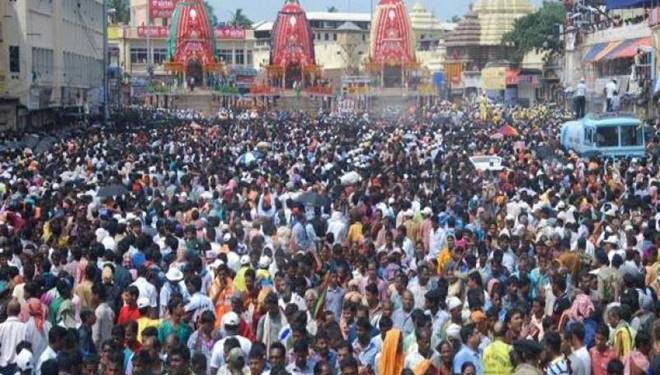United Nations: India’s population grew at an average annual rate of 1.2 per cent between 2010 and 2019 to 1.36 billion, more than double the annual growth rate of China, according to a report by the United Nations Population Fund.
India’s population in 2019 stood at 1.36 billion, growing from 942.2 million in 1994 and 541.5 million in 1969.
India’s population grew at average annual rate of 1.2 per cent between 2010 and 2019, the UN sexual and reproductive health agency said in the State of World Population 2019 report.
In comparison, China’s population stood at 1.42 billion in 2019, growing from 1.23 billion in 1994 and 803.6 million in 1969.
China’s population grew at an average annual rate of 0.5 per cent between 2010 and 2019, the report said.
According to the report, in India, total fertility rate per woman was 5.6 in 1969, dropping to 3.7 in 1994 and 2.3 in 2019.
India recorded an improvement in life expectancy at birth. The life expectancy at birth in 1969 was 47 years, growing to 60 years in 1994 and 69 years in 2019.
Giving a snapshot of India’s population composition in 2019, the report said 27 per cent of the country’s population was in the age bracket of 0-14 years and 10-24 years each, while 67 per cent of the country’s population was in the 15-64 age bracket.
Six per cent of the country’s population was of the age 65 and above.
Indicative of the improvement in the quality of India’s health care system, the report noted that Maternal Mortality Ratio (MMR) in the country dropped from 488 deaths per 100,000 live births in 1994 to 174 deaths per 100,000 live births in 2015.
Director of UNFPA Geneva Monica Ferro said the figures were ‘worrisome’ and it was essential to raise the level of consent and access to vital health services for millions of women around the world.
“Don’t forget: each one of these numbers is a person,” she said.
PTI






































